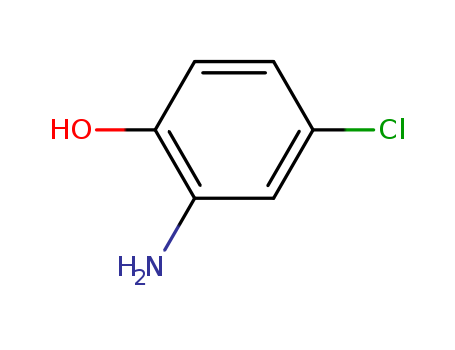10.4314/bcse.v29i1.6
The study focuses on the synthesis, characterization, and antimicrobial activity of transition metal complexes derived from N-(5-chloro-2-hydroxyphenyl)-3-methoxy-salicylaldimine (H2L), an ONO type tridentate ligand. The complexes of Cr(III), Fe(II), Fe(III), Co(II), Ni(II), Cu(II), and Zn(II) were prepared and characterized using various analytical techniques including elemental analysis, magnetic moment measurements, molar conductivity, thermogravimetric analysis (TGA), nuclear magnetic resonance (NMR), infrared (IR), ultraviolet-visible (UV-vis), and electrospray ionization-mass spectrometry (ESI-MS). The research revealed that all complexes, except for [Zn(L)(H2O)2], are paramagnetic and mostly adopt octahedral geometries, with the exception of Zn(II) and Fe(III) which exhibit five coordination geometries and Cu(II) which has a four-coordinated dimeric structure with acetato bridging. The antimicrobial activities of these complexes were tested against six bacterial strains and Candida albicans as a fungal strain, with Ni(II) and Co(II) complexes showing significant selective activity against S. epidermidis and C. albicans, and the Cr(III) complex displaying antibacterial activity against S. epidermidis, while the Zn(II) complex showed antifungal activity against C. albicans. The ligand itself did not exhibit any antimicrobial activity.



 Xn
Xn

